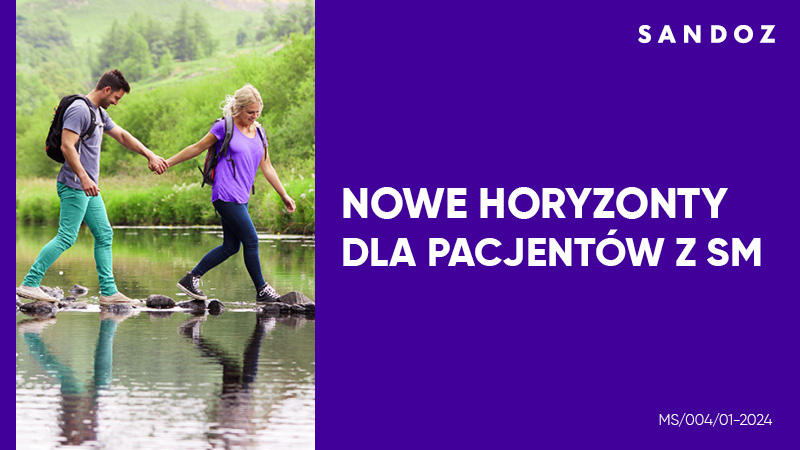Disorders of consciousness in view of neuroimaging
Urszula Górska1, 2, Krzysztof Gociewicz1, Marcin Koculak1, Anna Jurasińska1, Marta Brocka1, 3, Marek Binder1
 Affiliation and address for correspondence
Affiliation and address for correspondencePatients after severe brain injury are often unable to communicate, move on their own or show evidence of a purposeful behaviour, yet at the same time they may remain conscious. Such states are referred to as disorders of consciousness. Their clinical diagnosis, as based on complex behavioural criteria, is still prone to error and may lead to ambiguous cases. This article is an overview of the recent experimental approaches aimed at the assessment of the structure and function of the central nervous system, based on neuroimaging and employing the current knowledge regarding the mechanisms of consciousness. All these approaches are aimed at identifying the most efficient measure to enable a reliable diagnosing. The first approach is based on structural imaging that provides information on the organisation and state of neural connections within the brain. Other approaches are functional studies divided into passive and active ones. Passive paradigms evaluate the ability of the neural networks in the patient’s brain to sustain consciousness without them having to take part in an experimental task, while the active ones enable the assessment of the state of consciousness on the basis of neural correlates of volitional activities recorded as the patient performs mental tasks. The latter approach rests on an assumption that volitional activity requires conscious processing and cannot be explained in terms of stereotypic reaction to stimulation. While a significant number of approaches presented herein works quite well with respect to differentiating the states on the group level, still only a few of them allow such differentiation on the level of an individual patient. On the latter level, the most important challenge (when it comes to choose a particular care for a patient) could be carried out by a complementary use of several methods at the same time or the evaluation of brain function based on various neuroimaging techniques (EEG and fMRI).







